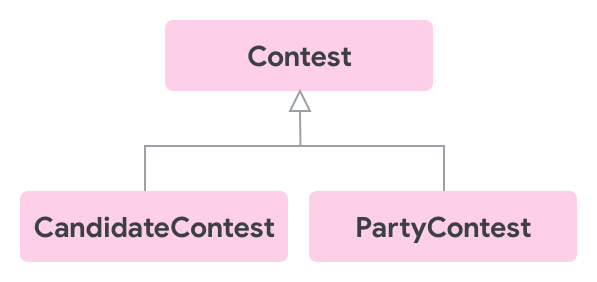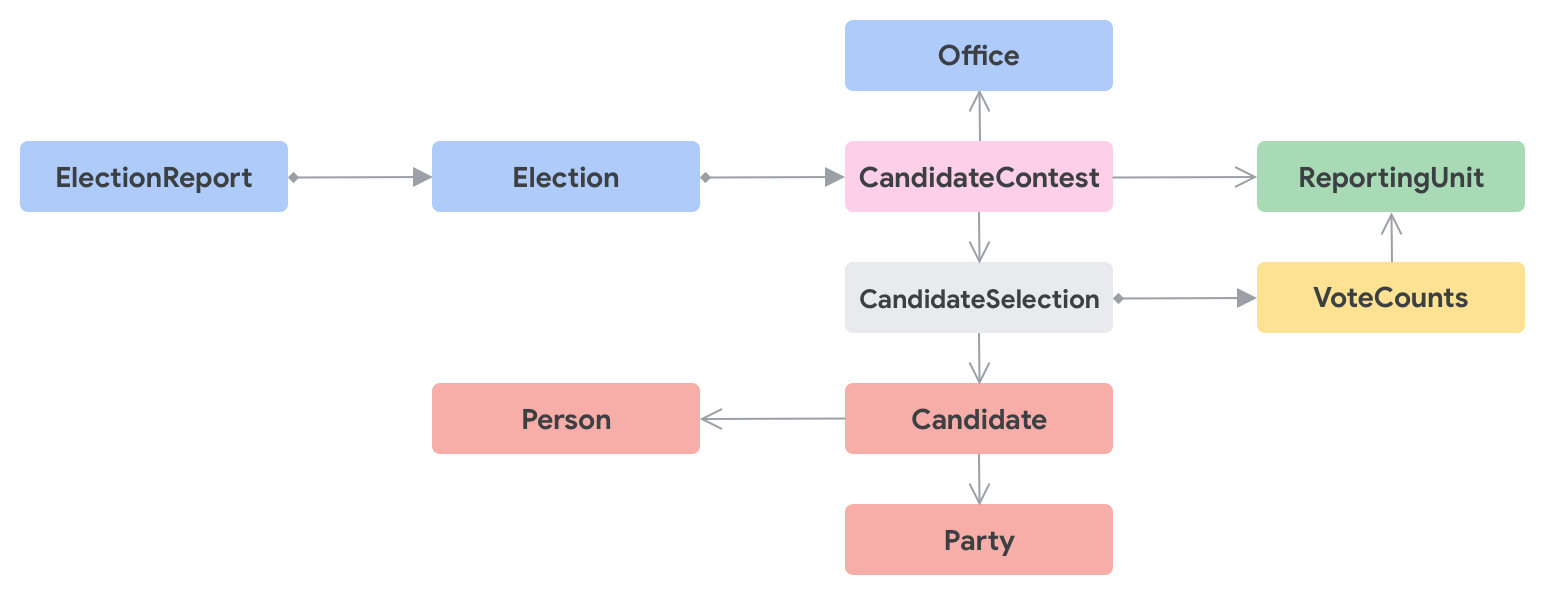Page Summary
-
The Unified Modeling Language (UML) model provides a format-independent description of data, defining data elements and their relationships for well-structured data tolerant to modifications.
-
Major classes in the UML model correspond to major elements in XML schema, with class relationships determining the XML structure.
-
There are three types of UML class relationships: Directed composition (sub-elements), "Type of" or "Instance of" (abstract class implementing concrete), and Directed association (linking elements via an identifier).
The Unified Modeling Language (UML) model represents a format-independent description of your data. Its primary benefit is that it defines and describes the data elements and how they're related. With this model-based approach, the data is more likely to be well-structured and tolerant to modifications.
UML class relationships
The major classes in the UML model are represented as major elements in your XML schema. The different types of relationships between the UML classes determine how your XML elements are structured in the schema.
There are three class relationships:
- Directed composition
- This is when a class is composed of a sub-element or sub-elements. For
example, if you create an elections report, then the election report is composed
of elections. In your XML schema, the
Electionelement is generated as a sub-element of theElectionReportelement. - A "Type of" or "Instance of"
- This is when an abstract class implements a concrete class. For example, if
you create a contest, it's implemented by its concrete class. This means a
candidate contest is a type of contest. In your XML schema,
Contestis generated as an abstract XML element and serves as an extension base to theCandidateContestelement. - Directed association
- This is when an element includes another element that contains
an identifier associated with the second element. For example, this happens if
you associate or link a candidate to a party. In your XML schema, the
Candidateelement includes aPartyIdelement, which contains an identifier associated with aPartyelement.
The following diagram illustrates the three types of relationships:

UML model examples
The following diagram shows a Contest entity and two types of Contest:
CandidateContest and PartyContest.

The following diagram shows a high-level view of the class diagram for a
CandidateContest:

The following diagram shows a high-level view of the class diagram for a
PartyContest:
